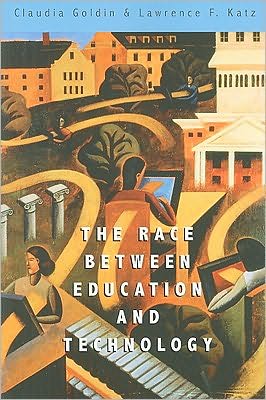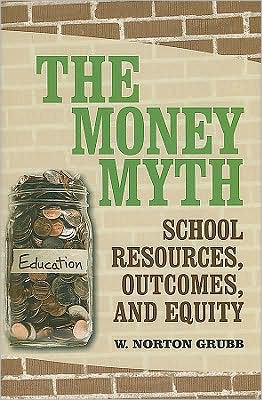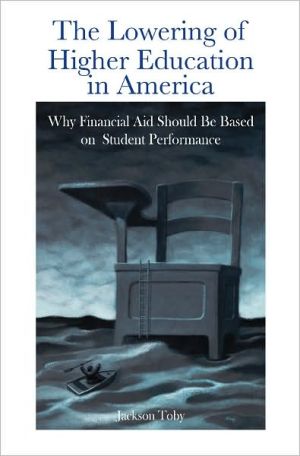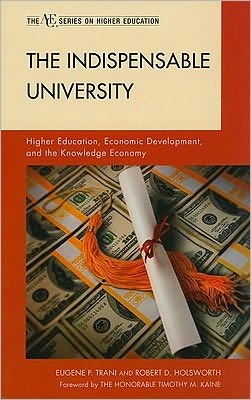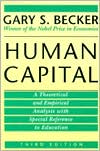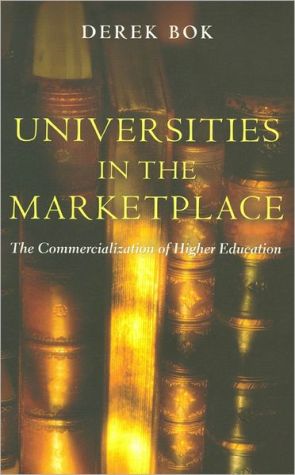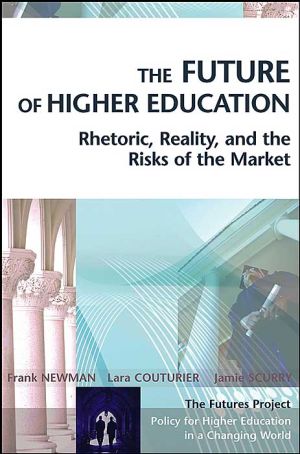The Race between Education and Technology
This book provides a careful historical analysis of the co-evolution of educational attainment and the wage structure in the United States through the twentieth century. The authors propose that the twentieth century was not only the American Century but also the Human Capital Century. That is, the American educational system is what made America the richest nation in the world. Its educational system had always been less elite than that of most European nations. By 1900 the U.S. had begun to...
Search in google:
This book provides a careful historical analysis of the co-evolution of educational attainment and the wage structure in the United States through the twentieth century. The authors propose that the twentieth century was not only the American Century but also the Human Capital Century. That is, the American educational system is what made America the richest nation in the world. Its educational system had always been less elite than that of most European nations. By 1900 the U.S. had begun to educate its masses at the secondary level, not just in the primary schools that had remarkable success in the nineteenth century.The book argues that technological change, education, and inequality have been involved in a kind of race. During the first eight decades of the twentieth century, the increase of educated workers was higher than the demand for them. This had the effect of boosting income for most people and lowering inequality. However, the reverse has been true since about 1980. This educational slow-down was accompanied by rising inequality. The authors discuss the complex reasons for this, and what might be done to ameliorate it. Trevor Butterworth - Forbes.com The general brilliance of illumination makes this book a feast of provocation.
Introduction 1I Economic Growth and Distribution1 The Human Capital Century 112 Inequality across the Twentieth Century 443 Skill-Biased Technological Change 89II Education for the Masses in Three Transformations4 Origins of the Virtues 1295 Economic Foundations of the High School Movement 1636 America's Graduation from High School 1947 Mass Higher Education in the Twentieth Century 247III The Race8 The Race between Education and Technology 2879 How America Once Led and Can Win the Race for Tomorrow 324Appendix A 355Appendix B 357Appendix C 375Appendix D 379Notes 383References 443Acknowledgments 471Index 475
\ Appeal-DemocratClaudia Goldin and Lawrence Katz establish a clear link between the number of high school and college graduates produced in any modern society and its economic growth.\ — Thomas D. Elias\ \ \ \ \ \ ChoiceDuring the 20th century both technology and education raced forward in the US, generating massive economic expansion and rising standards of living. Throughout the century, technological changes increased the relative demand for skilled labor, while the rapid expansion of first high schools and then higher education simultaneously increased the relative supply of skilled labor. Goldin and Katz carefully examine the historical and economic forces behind this expansion in education, extracting crucial evidence from the remarkable Iowa State Census of 1915, and they argue very plausibly that the relative demand for skilled labor grew at a fairly constant rate over the century. They conclude that "education ran faster" than technology "during the first half of the century," causing a considerable drop in economic inequality, but that "technology sprinted ahead of limping education in the last 30 years," leading to the recent upsurge in inequality. The rate of return on educational investments has become, once again, very high. Why have education levels increased so sluggishly in the face of these massive rewards? The answers are not entirely clear, nor are the optimal public policies, but the authors offer much food for thought. A must read.\ — R. M. Whaples\ \ \ \ eh.netClaudia Goldin and Lawrence Katz have produced a definitive economic history of American education...[It's] tightly reasoned and easy to grasp by anyone who cares about the country's educational history.\ — Peter H. Lindert\ \ \ \ \ \ Financial Times[Goldin and Katz] tackle the most important U.S. economic trend, and, hence, most critical domestic issue—growing income inequality...[America] now has the most unequal income and wage distributions of any high-income nation...Goldin and Katz's careful documentation of the changes in income distribution is an important public service. This alone would make their book essential reading. Yet they also offer a powerful explanation for what has driven changes in income inequality and point to solutions for addressing it...The good news is that if Goldin and Katz are right, the cure for income inequality is one most Americans would intuitively support: improving mass education. Mr Obama's spin-doctors should start translating Goldin and Katz's book into a campaign slogan at once.\ — Chrystia Freeland\ \ \ \ \ \ ForbesEssential reading...Goldin and Katz give a broad historical view of the role of education in economic growth in the U.S. They make the case that, after a century of leading the world in supplying the educated workers needed to serve technology, the U.S. has fallen behind in education.\ — Thomas F. Cooley\ \ \ \ \ \ Forbes.comThe general brilliance of illumination makes this book a feast of provocation.\ — Trevor Butterworth\ \ \ \ \ \ marginalrevolution.comThis is the most important book on modern U.S. inequality to date.\ — Tyler Cowen\ \ \ \ \ \ New RepublicGoldin and Katz's book is excellent.\ — Jim Manzi\ \ \ \ \ \ New York Review of Books[Goldin and Katz] combine an acute sense of history with a skillful use of statistics.\ — Andrew Hacker\ \ \ \ \ \ New York TimesThe Race Between Education and Technology contains many tables, a few equations and a powerfully told story about how and why the United States became the world's richest nation—namely, thanks to its schools...Beginning in the 1970s, however, the education system failed to keep pace, resulting, Ms. Goldin and Mr. Katz contend, in a sharply unequal nation...It is nice to be reminded, in a data-rich book, that greater investments in human capital once put Americans collectively on top of the world.\ — Stephen Kotkin\ \ \ \ \ \ New York Times MagazineGoldin's and Katz's thesis is that the 20th century was the American century in large part because this country led the world in education. The last 30 years, when educational gains slowed markedly, have been years of slower growth and rising inequality.\ — David Leonhardt\ \ \ \ \ \ ScienceMasterful...As the book's title suggests, whether inequality increases or not is best thought of as an ongoing race between education and technology. Combining this simple but appealing idea with a deep knowledge of the histories of the U.S. labor market and educational institutions, Goldin and Katz conclude that whereas education was winning the race for most of the 20th century, technology caught up in the 1970s and has since prevailed. The authors' most insightful point is that the root cause of the recent growth in inequality is not faster technological progress during the past three decades but rather the surprising stagnation in the level of education of young Americans.\ — Thomas Lemieux\ \ \
